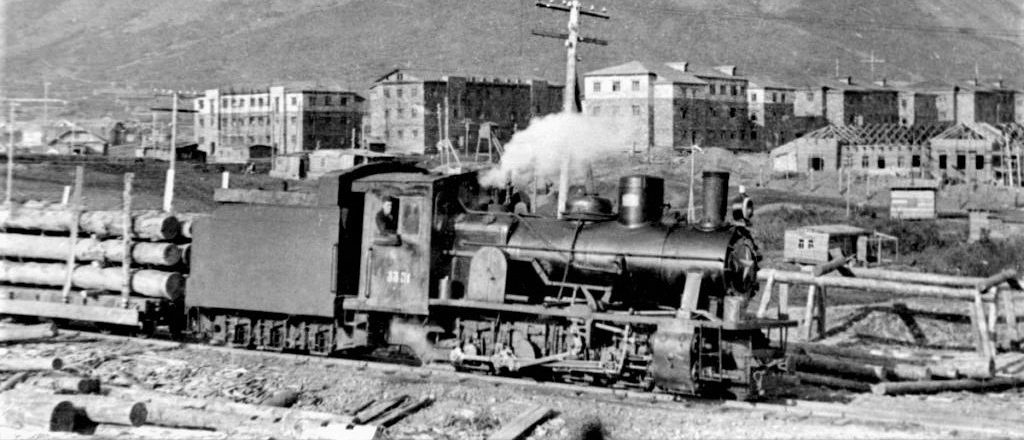#ARCTIC. #SIBERIA. THIS IS TAIMYR. The prospecting and design of this section, only 14 kilometers long, as well as the future Dudinka-Norilsk railway, was carried out by Moscow’s Promtransproekt institute. The first narrow-gauge railway was built by the prisoners of the Valyok camp department.
Valyok was considered as the main berth, where Norilsk cargo was to arrive through the Yenisey, the Kara sea, the Pyasina river and lake Pyasino. The first train in Norilsk history was carrying food and building materials from that very Pyasina caravan.
At that time, the entire locomotive fleet consisted of only two steam locomotives of the S-159 series, No. 138 and No. 139, which also came to Norilsk by the Pyasina route. In winter conditions, they could not carry more than five platforms, therefore, for greater power, both locomotives at once drove the first train.
But the next steam locomotives that arrived in Norilsk were unlucky: a caravan with technical re-equipment of locomotive traction – seven narrow-gauge locomotives of the 157 type – froze in the ice of lake Pyasino during the navigation of 1936.
In winter one of the locomotives was loaded onto a sled, made of logs, and in April 1937 it arrived at the Valyok pier. That more powerful and heavier locomotive subsequently operated on the Norilsk – Dudinka line.
The lake Pyasino’s waterway did not justify itself. And all the logistics focused on the only way – through Dudinka.
The first line Valyok – Norilsk worked for a little more than ten years. In 1947, it was dismantled, and a highway was laid along the road.
In the last issue of the History Spot photo project, we talked about how the Norilsk stores got their names.
Follow us on Telegram, Instagram and Facebook.
Text: Svetlana Samohina, Photo: Nornickel Polar Division archive










